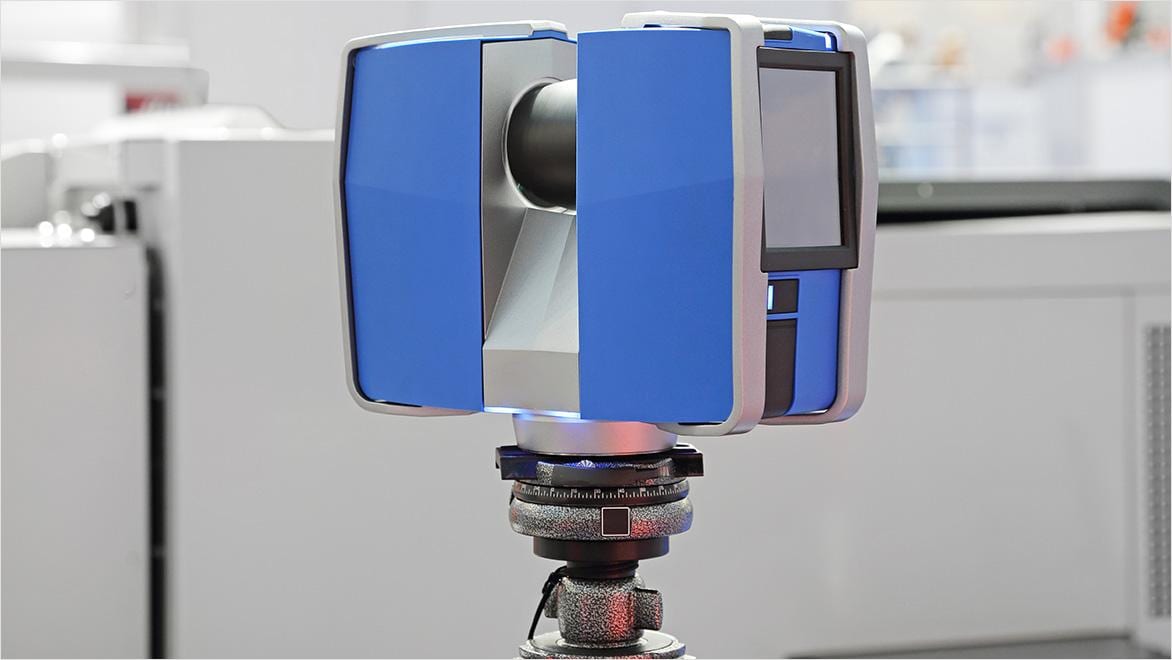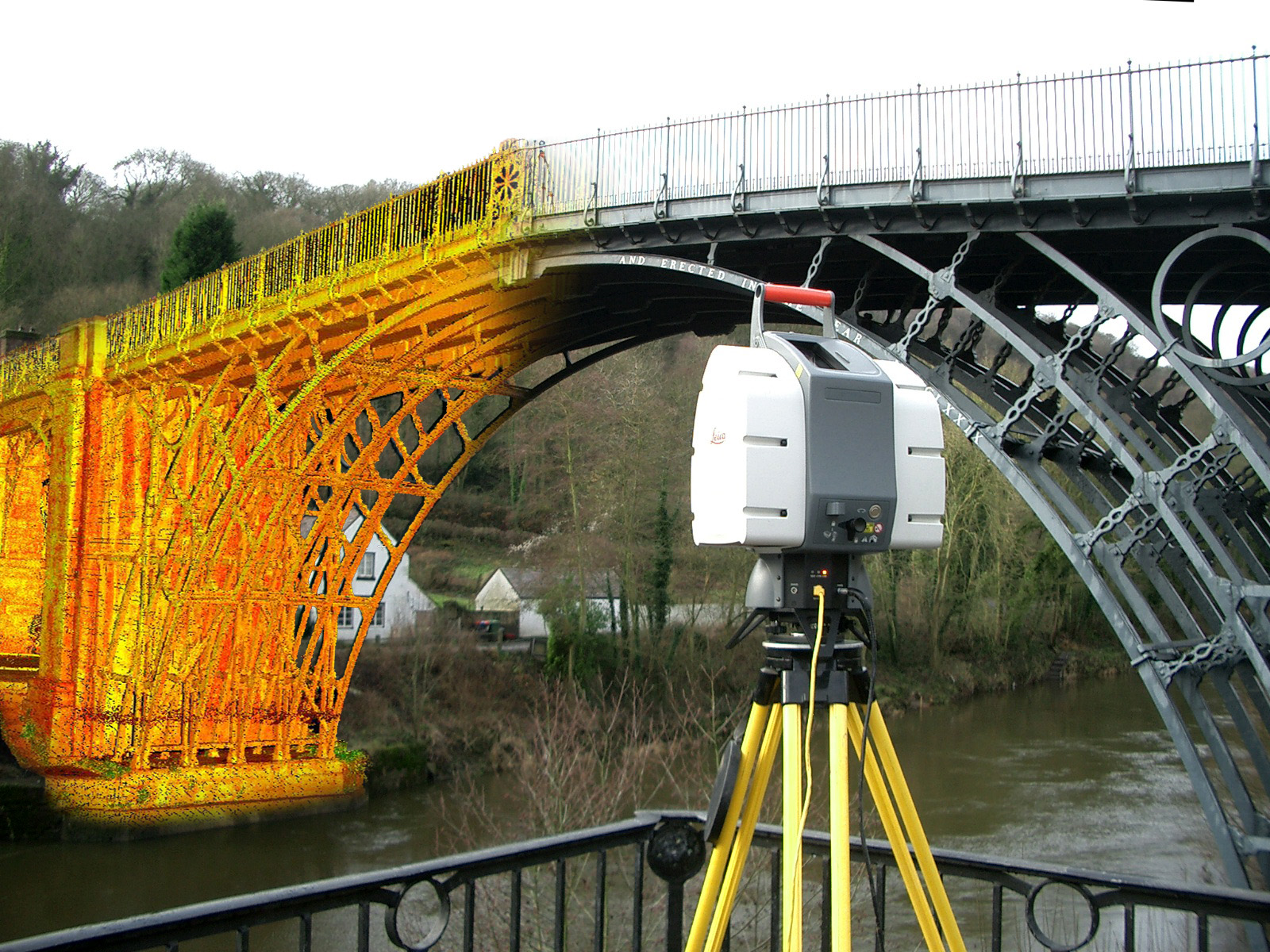Professional Opinions on the Future of 3D Scanning
Checking out the Applications of 3D Laser Scanning in Archaeology and Cultural Heritage Preservation
The integration of 3D laser scanning innovation in archaeology and social heritage conservation notes a substantial advancement in exactly how historic sites and artifacts are documented and examined. This non-invasive technique gives precise spatial data, revealing intricate details that were formerly hard to record. As the applications of this modern technology remain to advance, numerous effects for documentation, education, and conservation emerge, inviting more expedition into its transformative influence on the field.
Comprehending 3D Laser Scanning Modern Technology
3D laser scanning technology has actually reinvented the field of archaeology by supplying detailed and specific spatial information. This advanced technology utilizes laser light beams to catch millions of data points from an object or site, creating an extremely accurate three-dimensional depiction (3D Scanning). The resulting point clouds can reveal elaborate information of historical websites, structures, and artefacts that could be unseen to the nude eye
Utilizing this modern technology, excavators can document the specific measurements, shapes, and placements of things with unmatched precision. This method reduces the risk of human mistake and gets rid of the need for substantial hand-operated dimensions. The data accumulated can be analyzed and shared easily, assisting in partnership among researchers. By integrating 3D laser scanning with GIS and other electronic devices, archaeologists boost their capacity to picture and translate historic contexts, resulting in much deeper insights into old societies and atmospheres.
Enhancing Archaeological Paperwork
3D laser scanning substantially improves archaeological documents through its capability to produce precise website maps. This technology helps with in-depth artifact analysis, providing insights that conventional approaches may neglect. Furthermore, it ensures the conservation of contextual information, which is essential for comprehending the connections within historical websites.
Precise Site Mapping
While typical mapping approaches commonly have problem with recording the detailed details of archaeological sites, advanced laser scanning modern technology provides an innovative strategy to accurate website mapping. This technique enables excavators to create very described and accurate three-dimensional representations of websites, showcasing topographical variants and architectural functions with impressive integrity. The ability to capture numerous information points in an issue of mins permits complete paperwork, which can be quickly updated and shared amongst scientists. Additionally, laser scanning helps with the dimension of complicated geometries that would be difficult to assess utilizing standard tools. Because of this, this modern technology improves the accuracy of website maps, contributing substantially to the conservation and understanding of cultural heritage resources.
In-depth Artefact Evaluation
Laser scanning innovation greatly boosts the evaluation of archaeological artifacts, giving researchers with unprecedented detail and precision. This technique records detailed surface area textures, dimensions, and includes that standard documents techniques may neglect. By producing high-resolution 3D models, scholars can carefully examine artefacts without the threat of damage fundamental in physical handling. This precision permits for better relative studies, allowing professionals to identify manufacturing strategies, stylistic variants, and possible cultural value. The ability to manipulate and picture information in three dimensions helps with a deeper understanding of artefact performance and usage. On the whole, laser scanning cultivates a much more comprehensive method to historical documents, guaranteeing that necessary info regarding artifacts is preserved for future study and education.
Conservation of Contextual Data
Maintaining contextual information is vital for improving archaeological documents, as it guarantees that findings are comprehended within their original ecological and social frameworks. 3D laser scanning technology considerably contributes to this conservation effort by capturing thorough spatial connections amongst artefacts, frameworks, and their environments. By producing specific 3D versions, archaeologists can record the precise locations and orientations of objects sitting, helping with a complete understanding of their context. This modern technology allows researchers to revisit and assess websites long after excavation, maintaining the honesty of contextual details. In enhancement, digital documents developed with scanning can be shared worldwide, cultivating collaborative research and public involvement. Eventually, preserving contextual information via 3D laser scanning improves archaeological stories and advertises a more extensive gratitude of cultural heritage.
Preservation of Cultural Heritage Sites
As innovations in innovation proceed to advance, the preservation of social heritage websites has become significantly reliant on cutting-edge techniques such as 3D laser scanning. This modern technology enables the thorough documentation of landscapes, structures, and artifacts, catching their specific measurements and spatial connections in a non-invasive fashion. By creating high-resolution 3D versions, researchers can keep an eye on and analyze wear and tear patterns, allowing positive preservation approaches.
In addition, 3D laser scanning promotes the sharing of detailed website information with the international community, promoting cooperation amongst chroniclers, conservationists, and excavators. These models work as very useful sources for education and learning and public engagement, elevating understanding of social heritage concerns. In addition, the digital records created can protect against loss because of ecological factors, criminal damage, or neglect. Generally, 3D laser scanning represents a transformative approach to the conservation of cultural heritage, making sure that these sites can be examined and valued by future generations.

Restoration and Repair Efforts
The in-depth documentation accomplished through 3D laser scanning plays a substantial duty in remediation and repair efforts within archaeology. This innovation supplies exact measurements and high-resolution images, permitting for accurate electronic designs of artefacts and frameworks. These models act as essential referrals throughout remediation processes, allowing archaeologists to make and visualize the original style educated choices concerning materials and methods needed for repair.
3D laser scanning helps with the reconstruction of damaged or shed aspects by producing in-depth reproductions. This process aids in ensuring that reconstructions maintain historic integrity while also enabling innovative techniques to recover websites. The capacity to examine wear patterns and architectural weak points via checked information improves understanding of a site's historical context and its use over time. Subsequently, 3D laser scanning not only preserves the physical aspects of social heritage yet additionally improves the story of background, assisting future remediation endeavors.
Educational and Research Opportunities
The assimilation of 3D laser scanning in archaeology opens significant instructional and study opportunities. Academic collaborations can boost the understanding of old websites, while specialized training workshops gear up professionals with vital skills for using this technology. With each other, these initiatives foster a richer involvement with historical practices and approaches.
Academic Collaborations in Archaeology
Collective efforts in archaeology have actually become progressively necessary for advancing both academic and research study opportunities. By fostering collaborations among colleges, research study institutions, and social heritage organizations, these cooperations assist in the exchange of expertise and sources, enhancing the top quality of historical researches. Joint projects commonly leverage varied know-how, allowing for thorough analyses and ingenious techniques, particularly in the application of technologies like 3D laser scanning. Such partnerships additionally promote interdisciplinary methods, involving areas such as conservation, geography, and history science. In enhancement, academic partnerships commonly bring about the development of brand-new educational programs and training programs, preparing the following generation of click here to find out more excavators to properly utilize advanced innovations in their work. Ultimately, these alliances contribute to the preservation and understanding of social heritage.
Educating Workshops for Specialists
Educating workshops for specialists in archaeology are increasingly vital for boosting abilities in the application of advanced modern technologies such as 3D laser scanning. These workshops supply individuals with hands-on experience in using cutting-edge equipment and software, fostering a much deeper understanding of information capture and analysis procedures. Professionals can discover to create exact electronic designs of historical sites, which significantly aid in documentation and preservation initiatives. Furthermore, these training sessions often include discussions on finest practices and study, promoting understanding exchange among participants. By spending in continuous education, specialists can stay updated on progressing technologies, inevitably improving the efficiency of their research and social heritage conservation efforts. This commitment to ability enhancement is important for advancing the field of archaeology.
Future Patterns in 3D Laser Scanning for Archaeology
As advancements in innovation remain to improve different fields, the future of 3D laser scanning pop over to these guys in archaeology guarantees to enhance both the precision and effectiveness of website paperwork and analysis. Arising patterns indicate a growing combination of artificial intelligence and artificial intelligence, assisting in automated information processing and interpretation. This development will allow archaeologists to analyze complicated datasets faster, bring about faster insights into historical contexts.
Furthermore, the integration of drone technology with 3D laser scanning is likely to broaden, enabling detailed aerial studies of historical sites that are challenging to accessibility. The increasing cost of scanning devices will democratize accessibility, encouraging smaller organizations and independent scientists to make use of these tools properly. Additionally, page advancements in virtual fact and boosted fact will allow immersive experiences for public interaction and education, making archaeological searchings for extra interactive and obtainable. These fads collectively signify a transformative future for archaeology, improving preservation initiatives and increasing the technique's outreach.
Frequently Asked Questions
Just How Much Does 3D Laser Scanning Equipment Price?

What Are the Limitations of 3D Laser Scanning?
The limitations of 3D laser scanning consist of high costs, prospective information handling challenges, sensitivity to ecological problems, and difficulty recording intricate details in complicated surface areas, which can influence the precision and efficiency of scanned depictions. (3D Scanning)

Can 3D Laser Scanning Be Used Undersea?
Yes, 3D laser scanning can be utilized underwater, yet it calls for specific devices and techniques to get over challenges such as water distortion and minimal presence. Successful applications have been demonstrated in aquatic archaeology and underwater studies.
Just how Long Does a Scanning Task Commonly Take?
A scanning job generally takes anywhere from a couple of days to a number of weeks, depending on the intricacy and dimension of the area being checked, together with the prep work and post-processing requirements involved in the job.
Exist Certain Software Application Requirements for Handling 3D Scans?
Yes, certain software needs for refining 3D scans consist of programs with the ability of managing large factor clouds, such as Autodesk ReCap, Cyclone, or MeshLab. These devices facilitate analysis, visualization, and integration right into different applications efficiently.
The assimilation of 3D laser scanning technology in archaeology and social heritage preservation marks a substantial innovation in how historical websites and artefacts are documented and assessed. 3D laser scanning technology has actually transformed the area of archaeology by offering specific and comprehensive spatial information. As developments in innovation proceed to advance, the preservation of cultural heritage websites has ended up being significantly reliant on ingenious approaches such as 3D laser scanning. As advancements in innovation continue to reshape various areas, the future of 3D laser scanning in archaeology promises to improve both the precision and effectiveness of site paperwork and evaluation. The assimilation of drone technology with 3D laser scanning is likely to increase, making it possible for comprehensive airborne surveys of archaeological sites that are difficult to access.